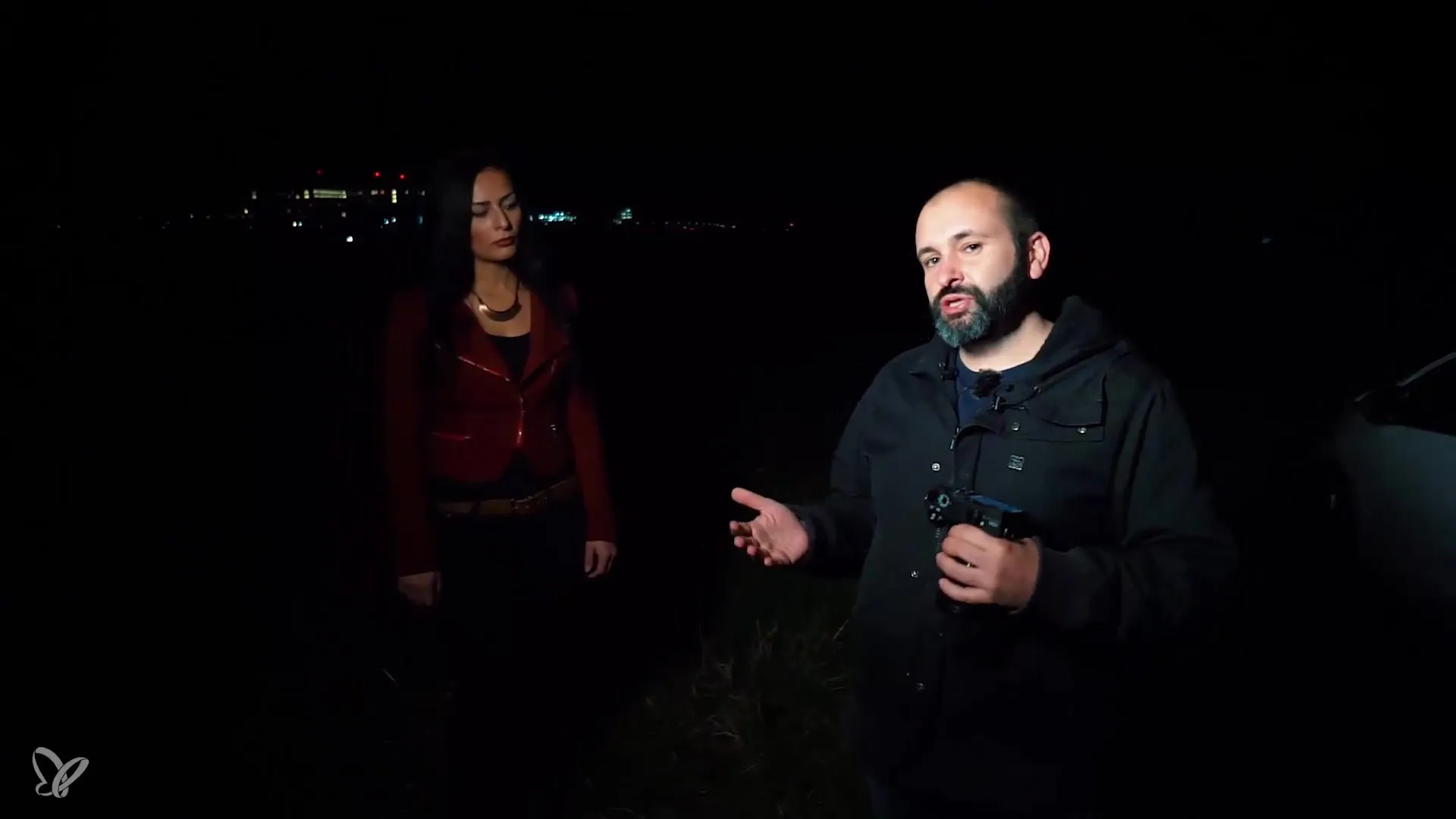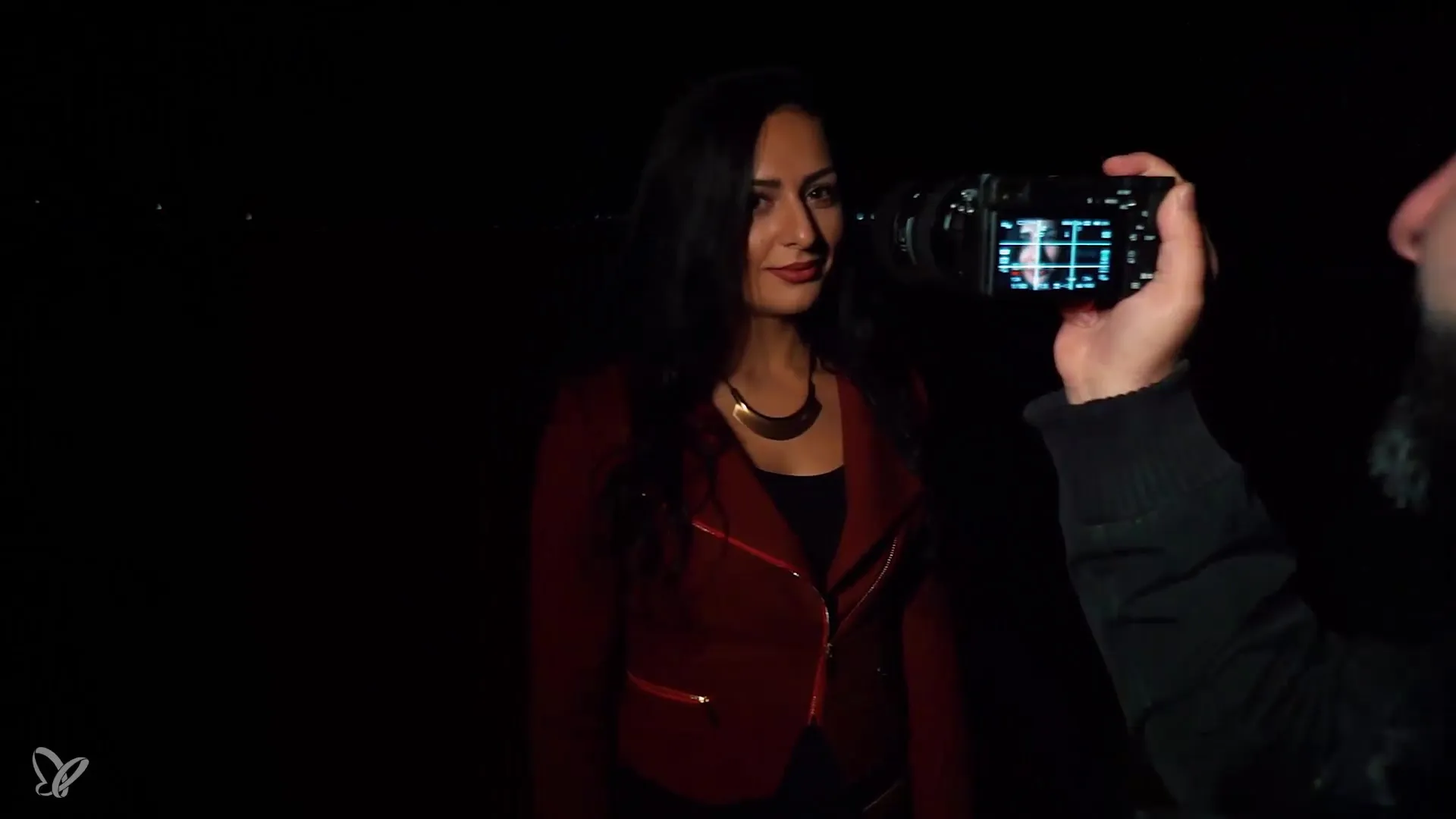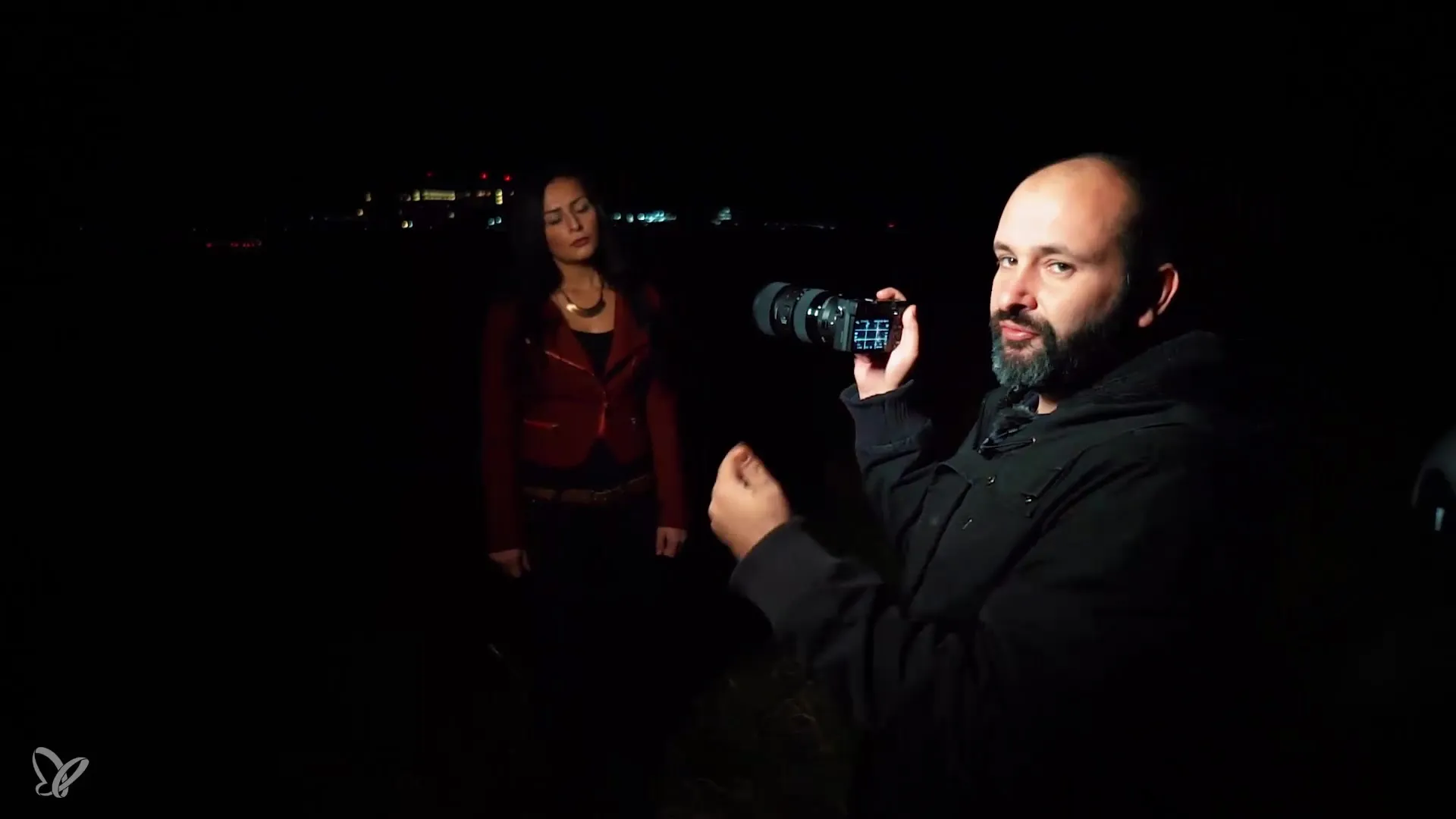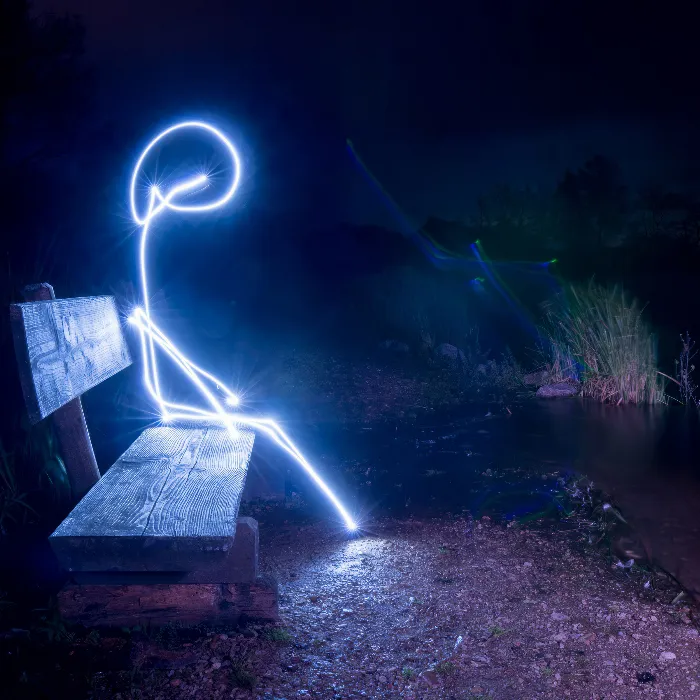Would you like to give your night photography a special touch? Especially bokeh effects in the backgrounds of your portraits can enhance the images with clarity and depth. In this guide, you will learn how to create the perfect bokeh balls and which technical aspects are crucial. Let’s dive right into the subject and discover the secrets of effective bokeh effects together.
Main insights
- The sensor size affects the depth of field. Full-frame sensors tend to produce better bokeh than crop sensors.
- A wide-open aperture is crucial for large bokeh balls. The larger the aperture, the better the result.
- The focus and the distance between the subject and the background are decisive for bokeh.
- Using telephoto lenses can enhance the bokeh effect as they work from a greater distance to the background.
- Light sources in the background highlight bokeh effects optimally.
Step-by-step guide
To create great bokeh balls, follow these steps:
Step 1: The right camera equipment Choosing your camera is essential. A camera with a larger sensor (e.g., full-frame) allows for more effective bokeh production. Make sure to choose a lens with a large aperture (small f-number).
Step 2: Set the aperture The wider the open aperture, the greater the depth of field. Choose an aperture of f/1.8, f/2.8, or even wider. Ensure you save these settings in the camera so they apply to the next shot.

Step 3: Distance between subject and background Make sure your subject (e.g., a person) is far from the background. The greater the distance between the subject and the background, the more pronounced the bokeh effect will be.

Step 4: Focusing First, focus on the subject. Move the camera to the optimal distance and check that the bokeh balls in the background are well highlighted. It is crucial to aim the focus very precisely on the main subject to blur the lights behind it.

Step 5: Adjusting the focal length Experiment with different focal lengths. By using a telephoto lens, you can further adjust the background and enhance the bokeh effects. A 70-200 mm lens is ideal for this.
Step 6: Setting up lighting Light plays a crucial role in creating beautiful bokeh balls. Use a light source such as a flash to illuminate the subject. Make sure the light is soft and does not create unwanted shadows.
Step 7: Optimize exposure settings Also adjust the ISO to properly expose the background. Start with ISO 800 and adjust the aperture and shutter speed to create a good light balance.
Step 8: Take test shots After making the relevant settings, it's worth taking some test shots. Ensure that the images display the desired bokeh effects. Adjust the aperture or distance as needed.
Step 9: Fine-tuning If you are not satisfied with the test shots, continue experimenting with the light source or the position of your subject. The goal is to find the optimal combination of light, distance, and aperture to achieve impressive results.
Summary – Night Photography: Bokeh Effects in Portraits
To achieve impressive bokeh effects in your night portraits, it is important to utilize the right camera, aperture, focal length, and lighting. With the right techniques, your images will come alive and radiate emotional depth.
Frequently Asked Questions
What is bokeh?Bokeh refers to the blurred part of an image that is usually behind the main subject.
Which aperture is best for bokeh?A wide-open aperture, such as f/1.8 or f/2.8, is ideal for creating large bokeh balls.
Is it important to use a full-frame sensor?Yes, full-frame sensors tend to provide better bokeh than crop sensors.
How does the distance between subject and background affect bokeh?A greater distance between the subject and the background enhances the bokeh effect.
Which lens is best for night photography?A telephoto lens like 70-200 mm is ideal for creating bokeh effects at night.


